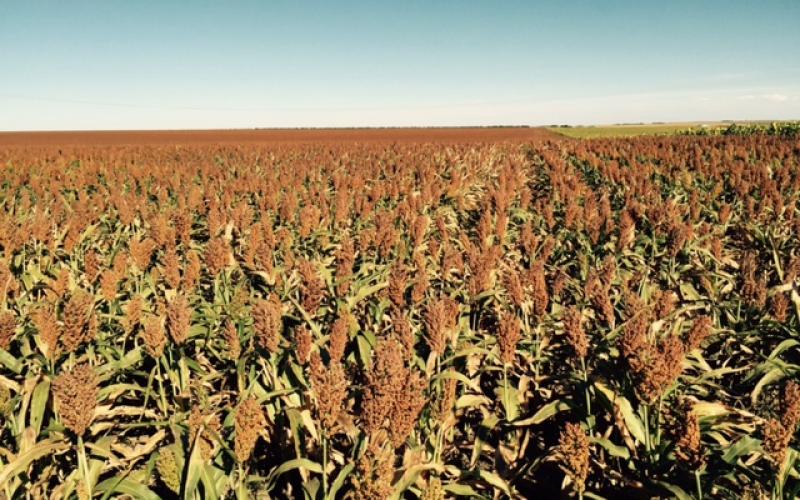Search

Planning for Retirement
No matter what your age or when you plan to retire, now is the time to begin saving for retirement. Learn. some tips to help you become more financially secure as you prepare for retirement.

Retirement Saving Strategies
Since people are living longer than ever, retirement savings need to last longer and work harder. It is more important than ever to make smart financial decisions.

Fit on the Farm
Although regular job duties on the farm may include intense physical tasks, aerobic physical activity is still needed in addition to the short burst, physical tasks.

Communication: Importance of Social Support in Agriculture
Maintaining open communication and seeking social support can help producers get through difficult times.

Sorghum Trial Results
In 2024, sorghum trials were conducted in 2 locations in South Dakota.

Student Loan TIPS (Texting Intervention Program)
According to U.S. Department of Education data, 30% of federal student loans were in deferment and forbearance while 7% were in default (Cho, Johnson, Kiss, O’Neill, Mountain, & Gutter, 2016).

Saving and Investing: Tools and Calculators
Both saving and investing are important parts of your financial life and there are distinct differences between the two.

Saving for Large Purchases
Large purchases involve setting goals, making plans and following a strategy to keep your savings plan on pace.

Teaching Children About Money
Children are not born with “money sense.” However, parents can help children understand money matters by letting them take part in regular discussions about using family income.

Save Money by Winterizing Your Home
Fall is the perfect time to begin preparing your home for colder winter temperatures and the higher energy costs that come with them. Learn some expert tips for preparing your home today!